When the Dodge Hellcat burst onto the scene with over 700 horsepower, it reset what muscle cars could do right off the showroom floor. But muscle car fans often wonder: can a classic from the ’60s or ’70s still keep up with this modern beast? Classics have that raw charm and character, but in terms of power, technology, and handling, the Hellcat sets a high bar. Let’s break down how these two worlds compare—and whether a vintage muscle car can still come out on top.
1. Power Numbers Tell One Story
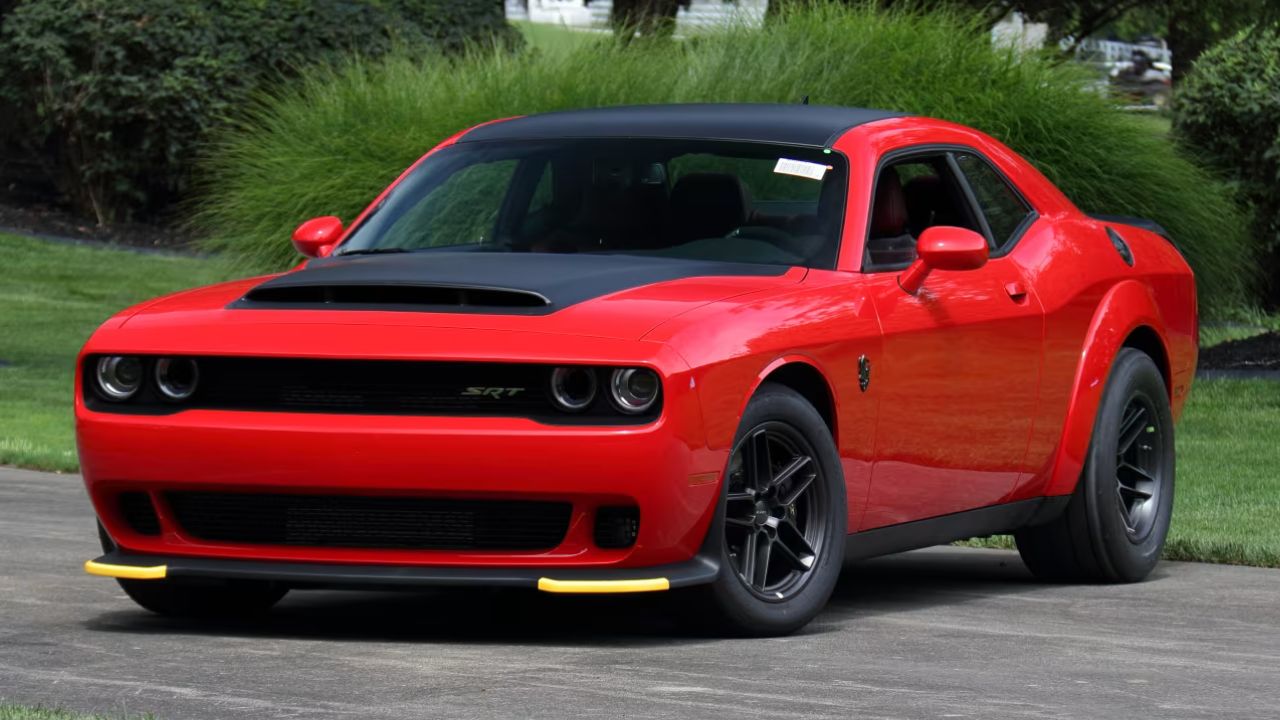
The Dodge Hellcat’s supercharged 6.2L V8 pushes over 700 horsepower and 650 lb-ft of torque, numbers unheard of in classic muscle cars. Most classic muscle engines topped out under 450 hp, even in their high-performance variants. While a ’70 HEMI Charger could launch hard, modern Hellcats have an edge on raw power that’s tough to beat without serious modifications.
2. Weight and Technology Shift the Balance
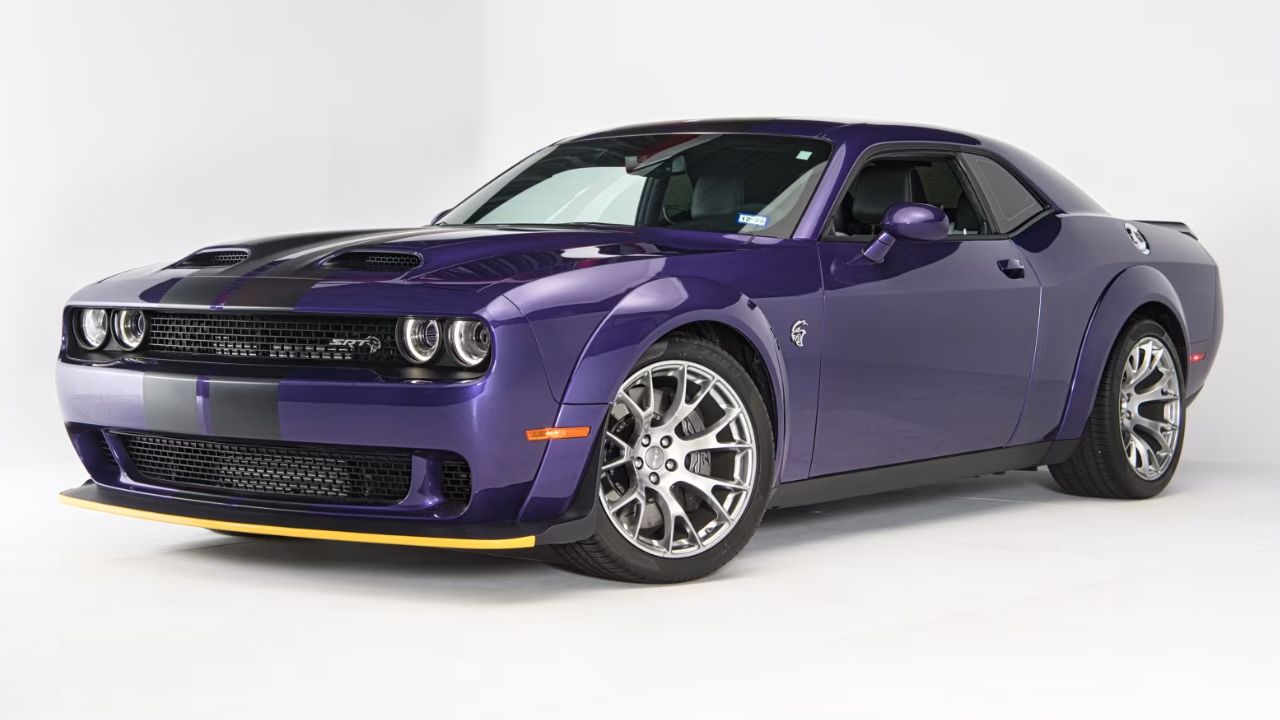
Classic muscle cars often weighed upwards of 3,700 pounds, while a new Hellcat is closer to 4,400 pounds. Despite the added weight, the Hellcat uses advanced suspension, electronics, and traction control that help it launch and corner better. Classics rely on raw mechanical grip and driver skill, which means a stock classic might struggle against a modern Hellcat in a straight-up race.
3. Traction and Tires Are Game Changers
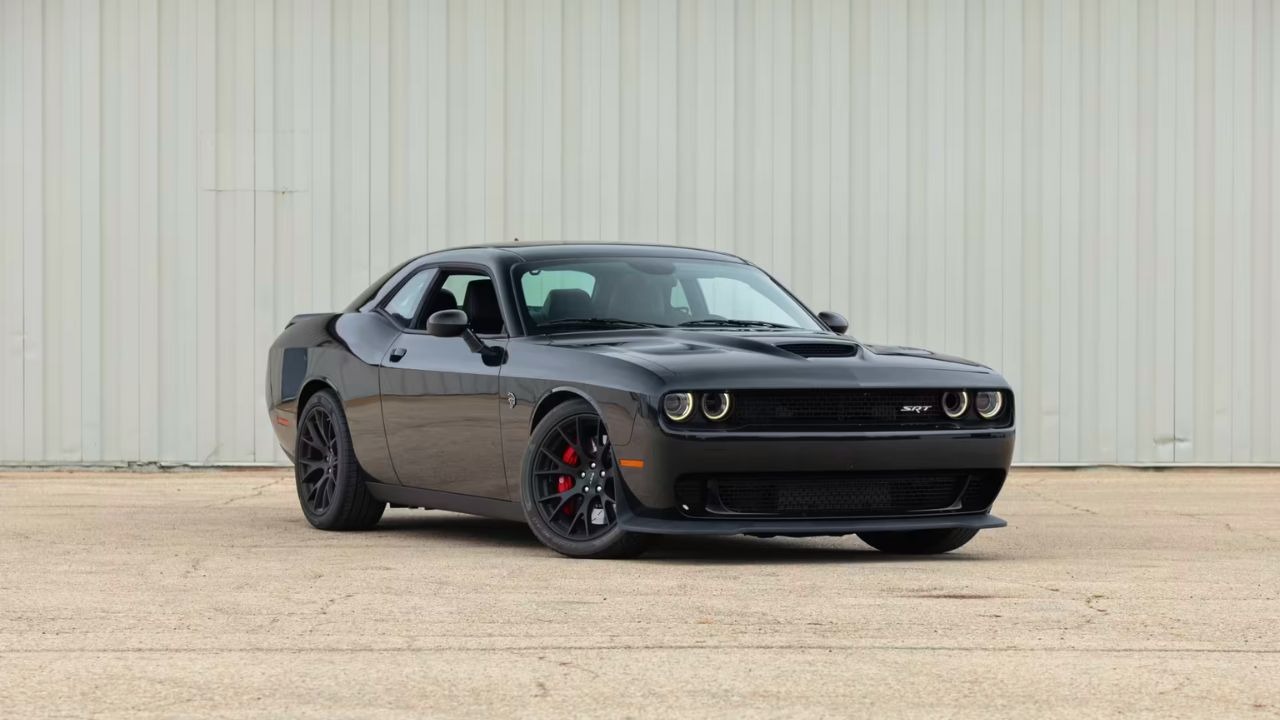
Modern tires and electronic aids give the Hellcat traction advantages that classic muscle never had. Classics ran bias-ply or early radial tires with limited grip. The Hellcat’s wide sticky tires combined with launch control and stability management let it put down power far more effectively, especially off the line and in tricky conditions.
4. Handling: Classics Were Built for Straight Lines
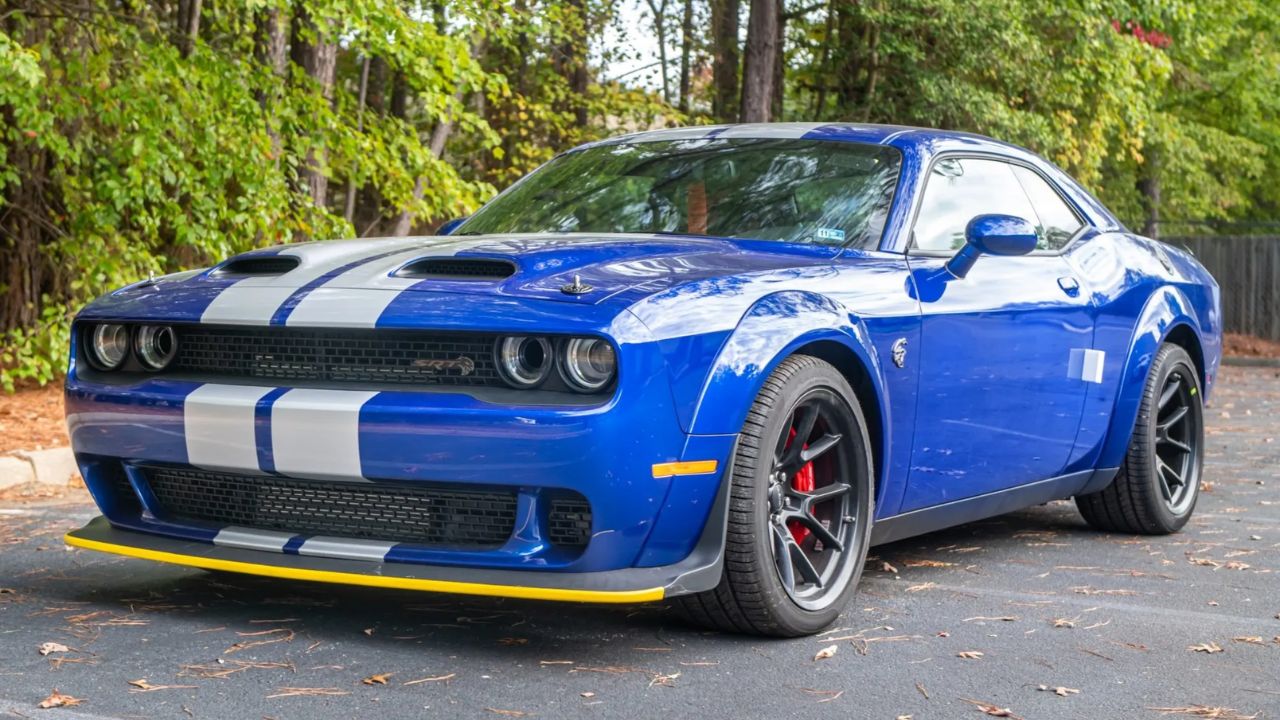
Most classic muscle cars prioritized straight-line speed and engine power over cornering. Their heavy, soft suspensions and large dimensions meant they weren’t nimble. The Hellcat, while still a heavy muscle car, benefits from modern suspension tuning and braking systems, making it more capable around corners than most classics.
5. Manual vs. Automatic: What’s the Real Deal?
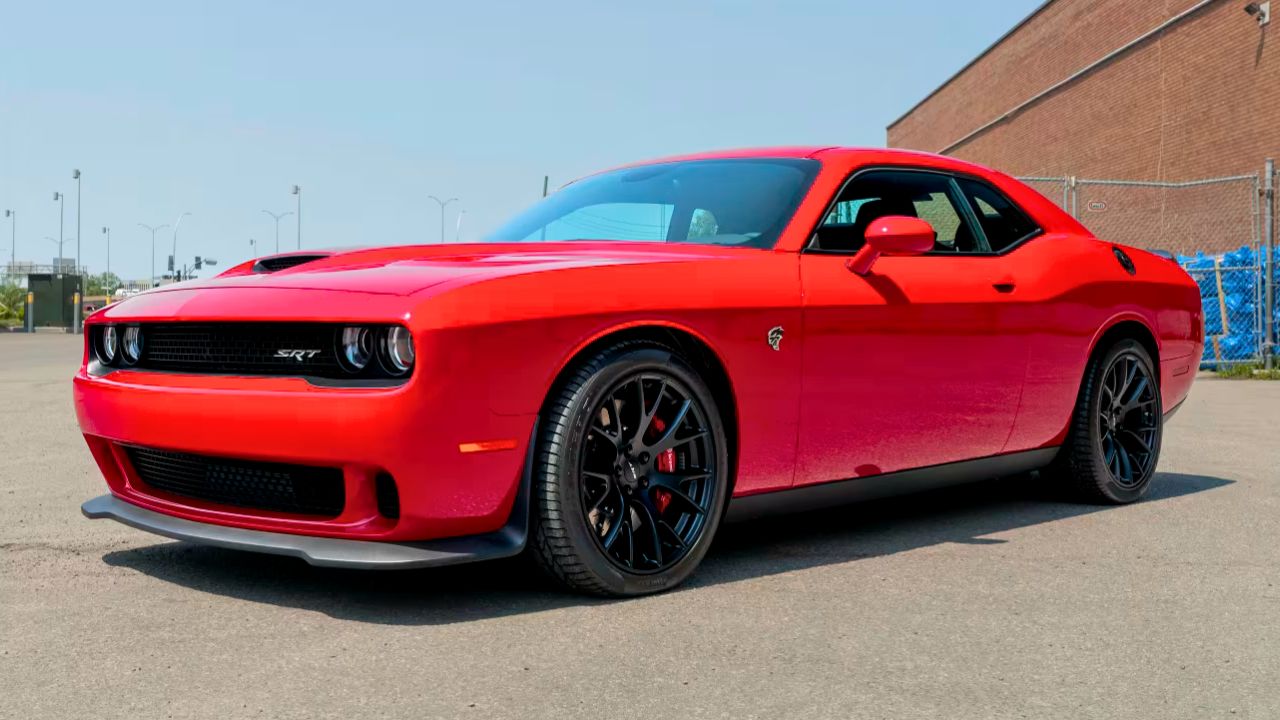
Many classics came with manual transmissions, giving drivers direct control and engagement. The Hellcat primarily uses an 8-speed automatic with paddle shifters. While the classic’s manual driving experience appeals to purists, the Hellcat’s automatic shifts faster and more consistently, giving it an edge in acceleration and lap times.
6. Classic Cars Have Character You Can’t Program
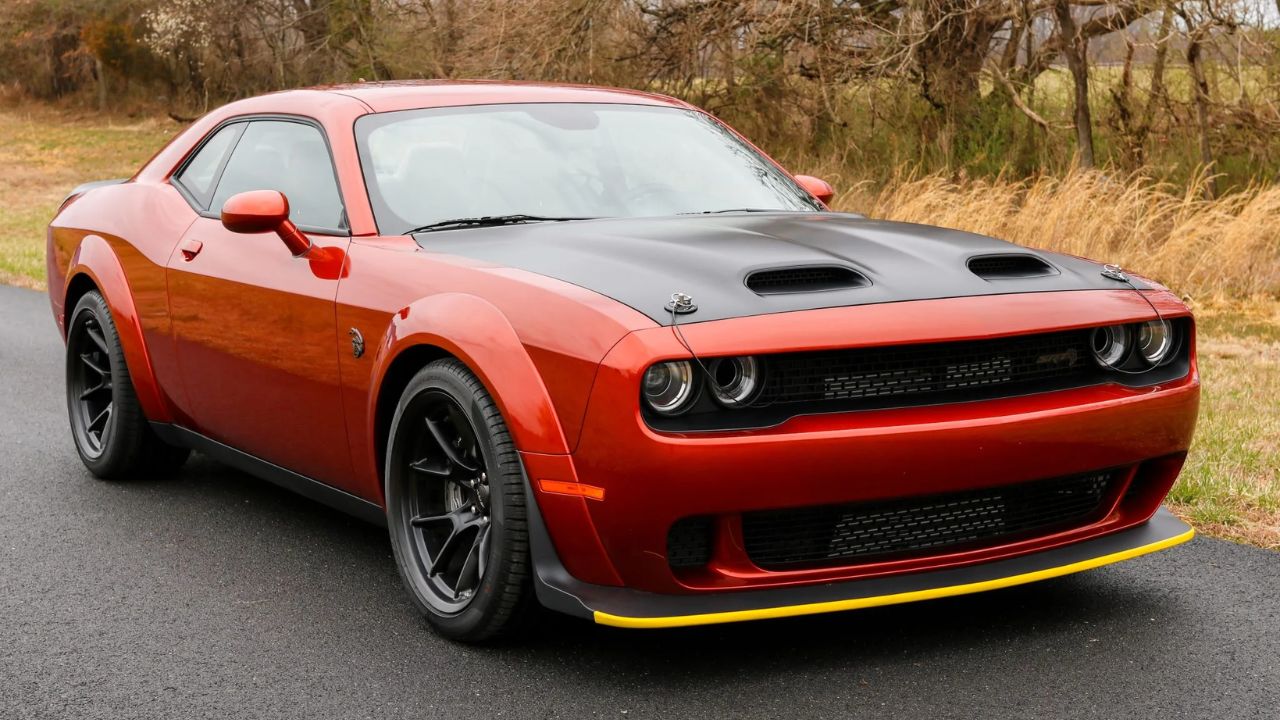
No modern car can replicate the visceral feel and sound of a big-block pushing through open headers or a rambling camshaft. Classics offer raw mechanical feedback and a tactile driving experience, even if they’re slower on paper. That emotional connection can make the classic feel like a “win” regardless of lap times.
7. Modifications Can Level the Playing Field
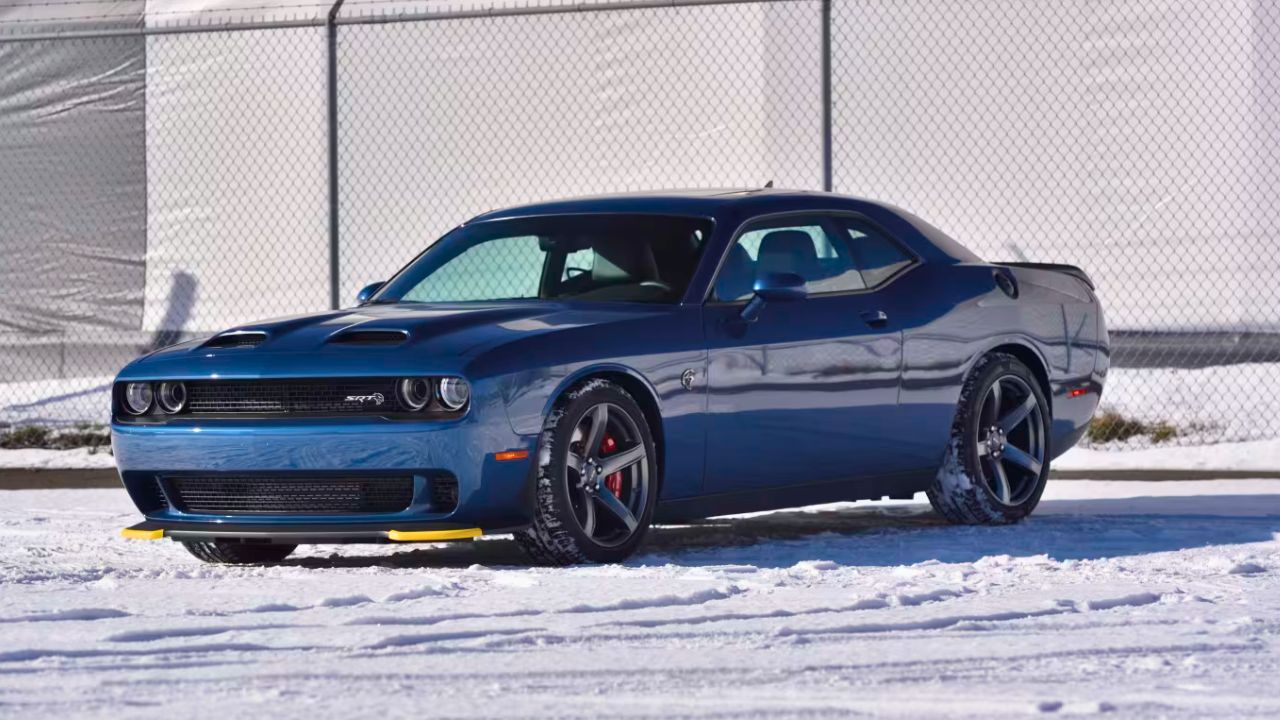
With the right upgrades—modern tires, suspension, and engine tweaks—a classic muscle car can close the gap with a Hellcat. Restomods blend classic styling with modern performance parts, making them surprisingly quick and capable. However, these builds often come at high cost and complexity compared to buying a new Hellcat.
8. The Role of Weight Distribution
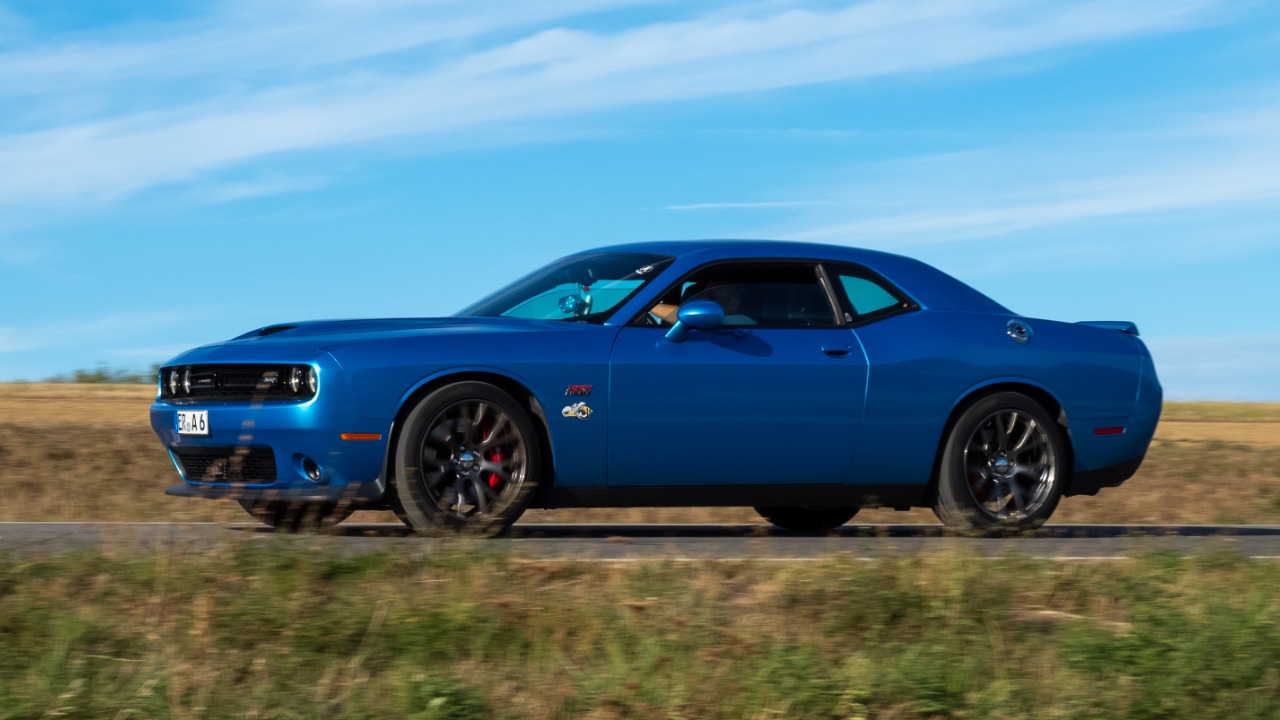
Classics often have less balanced weight distribution, with heavy front ends causing understeer. The Hellcat benefits from improved chassis engineering and more balanced weight, which helps handling and traction. This difference impacts how each car performs dynamically beyond just raw horsepower.
9. Everyday Usability and Reliability
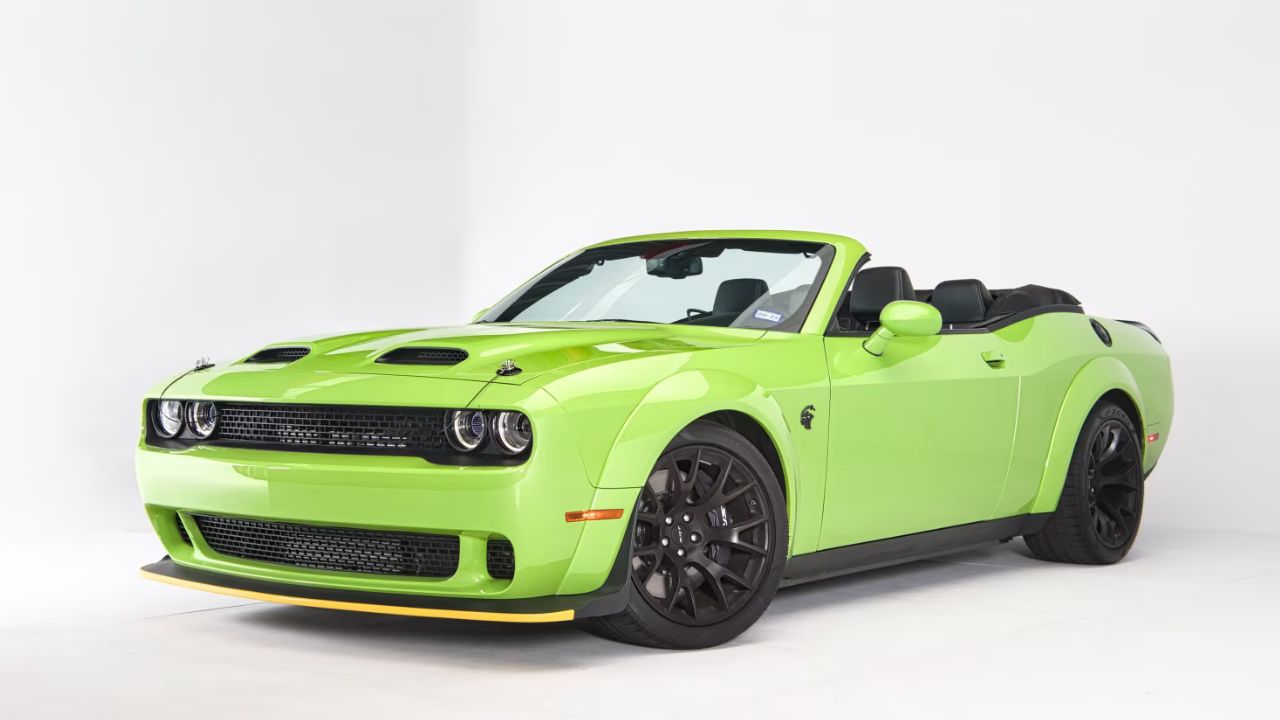
Modern Hellcats come with creature comforts like adaptive suspension, infotainment, and advanced safety features. Classics require more maintenance and don’t offer the same comfort or reliability for daily driving. For many, the Hellcat’s blend of performance and usability makes it a better practical choice.
10. The Final Verdict Depends on What You Value
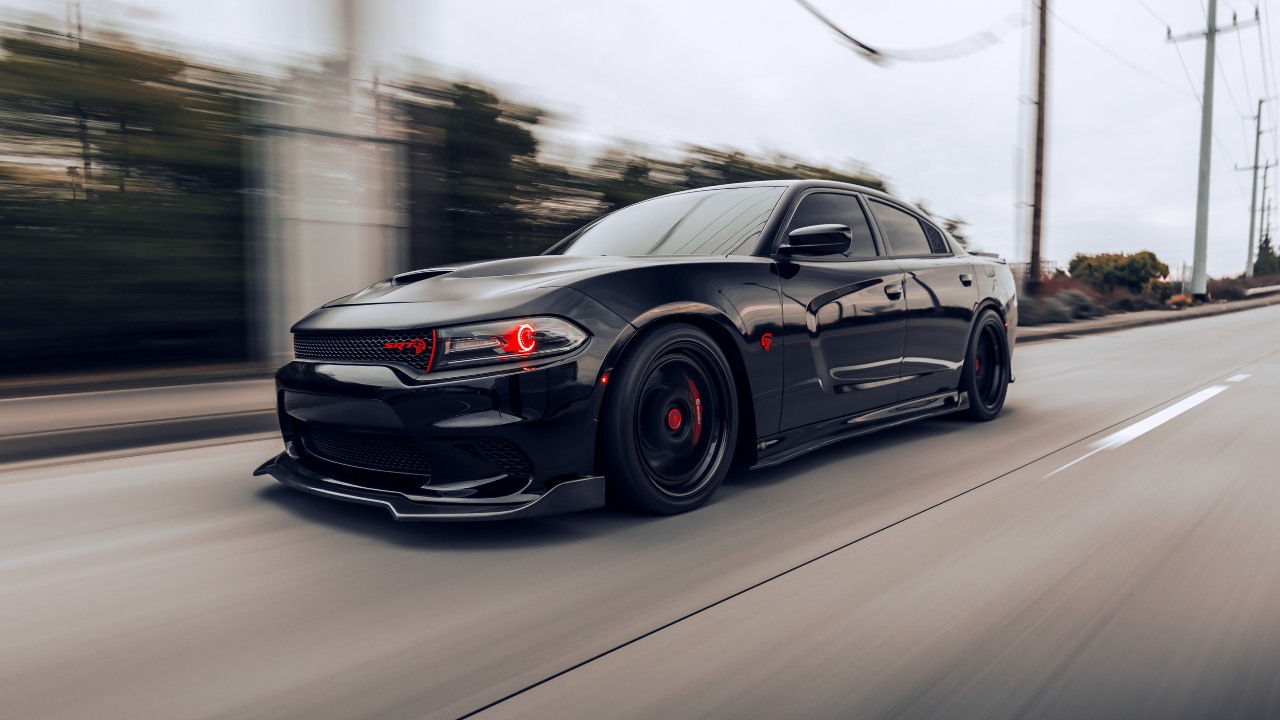
If it’s straight-up acceleration and modern technology, the Hellcat wins hands down. If you value driving feel, character, and vintage muscle car style, classics still have a strong case. With enough work, a classic can be competitive, but on a stock basis, the Hellcat’s modern engineering is tough to beat.



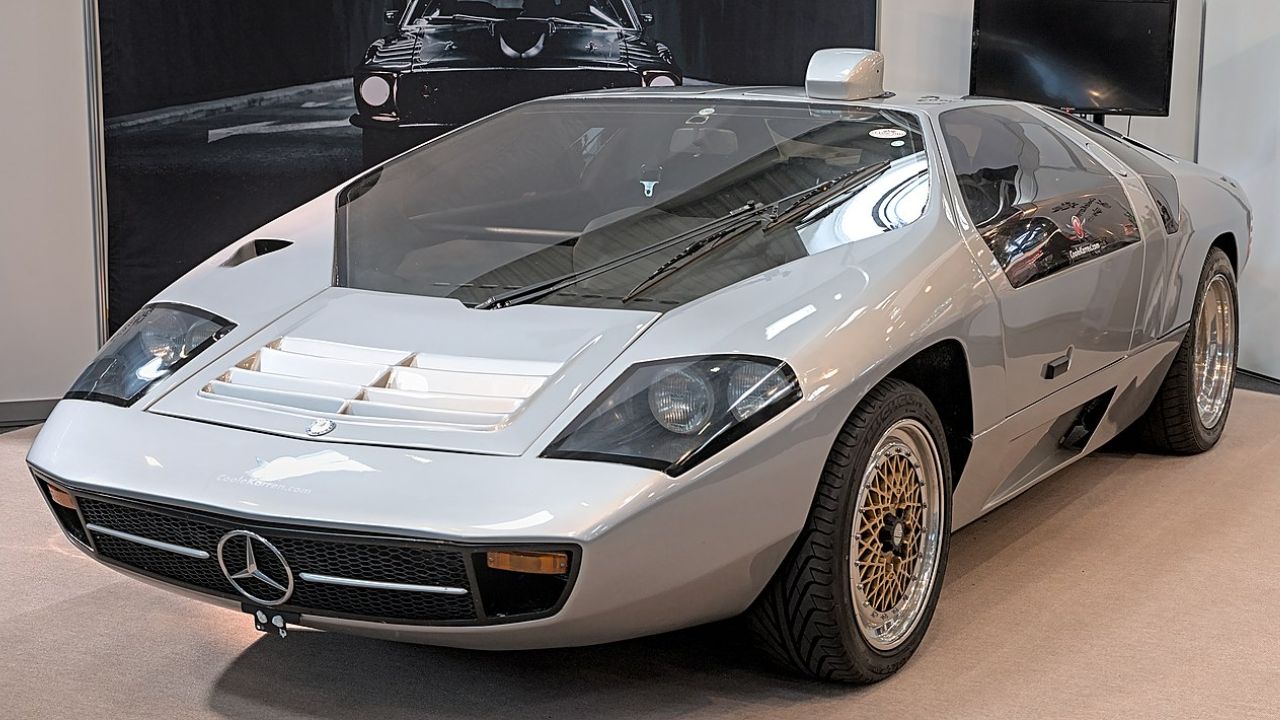
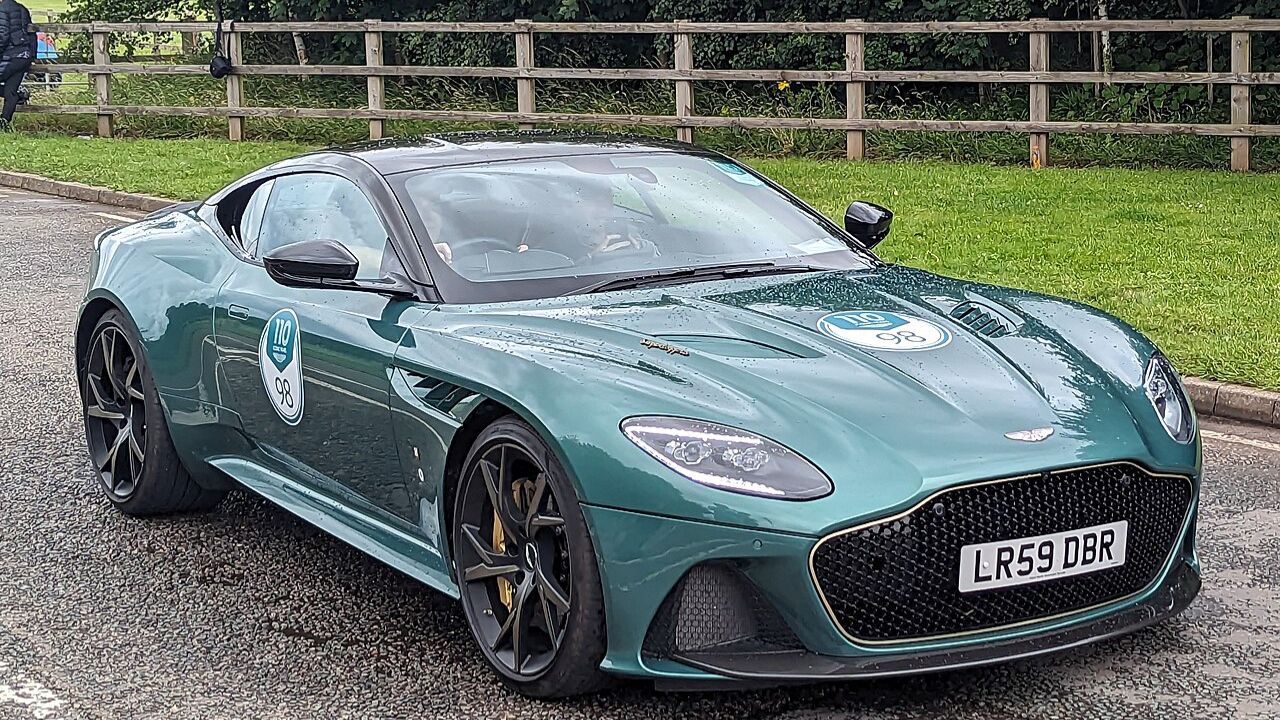
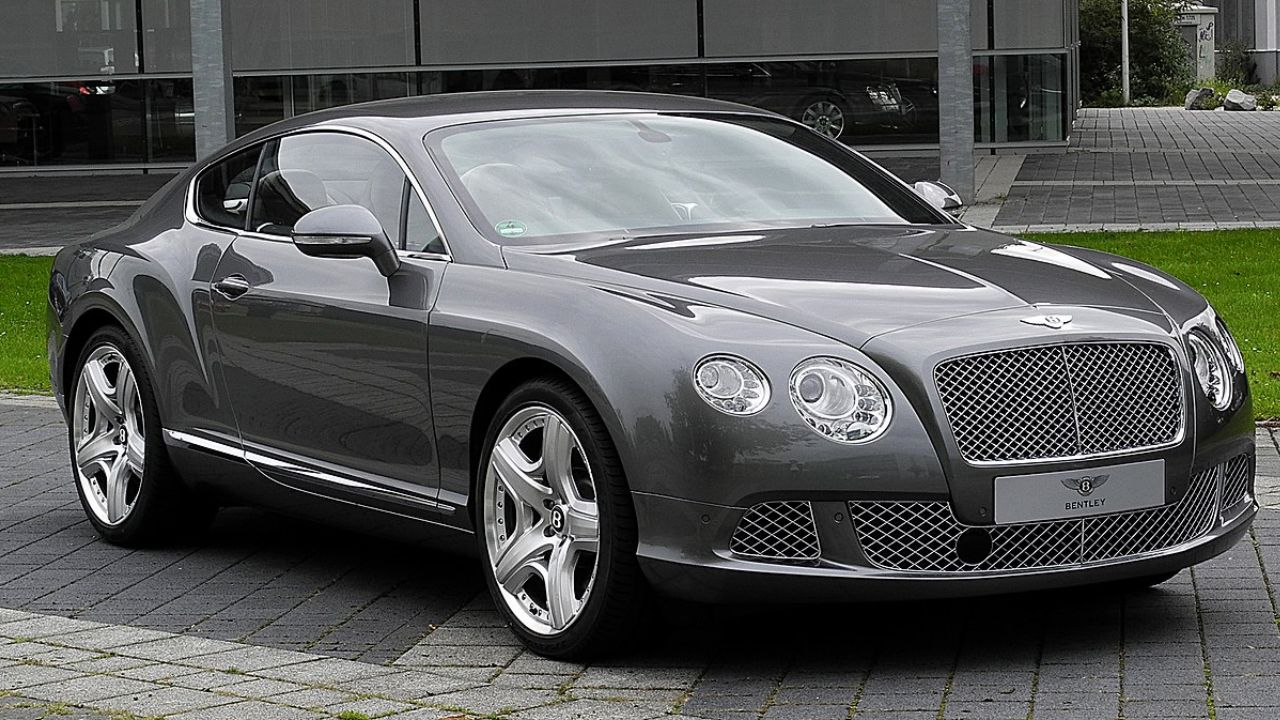
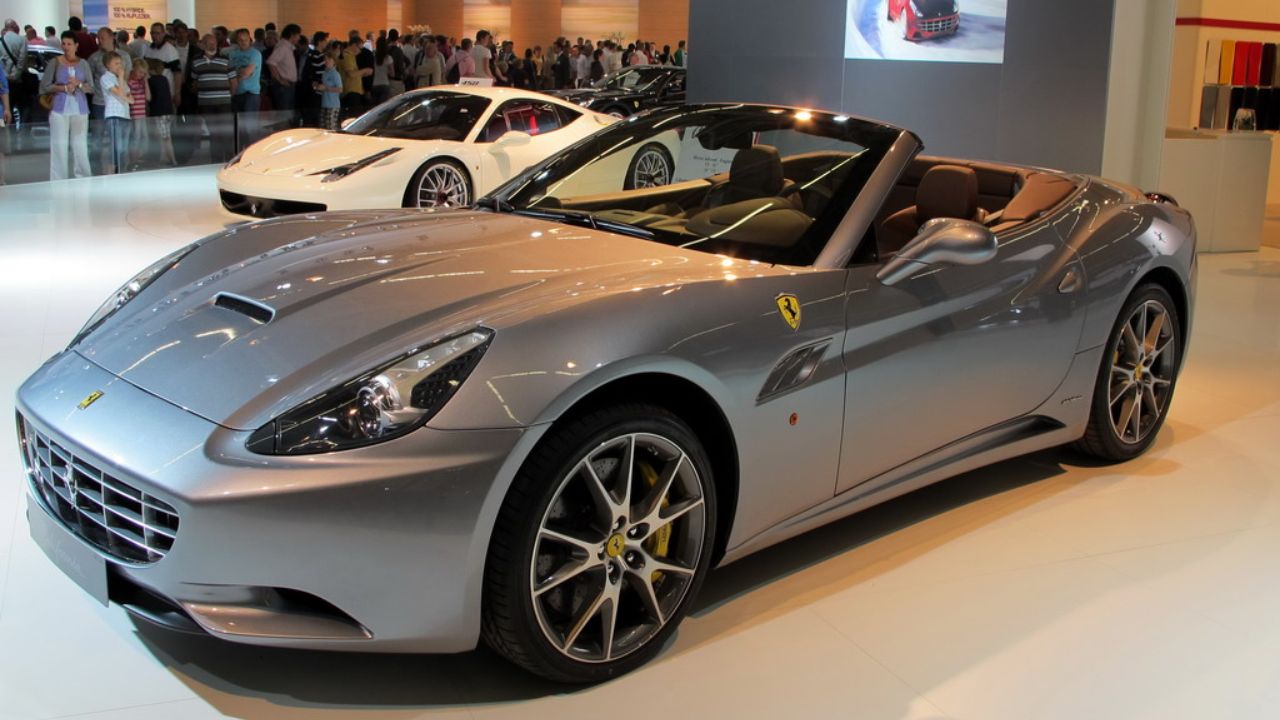
Leave a Reply